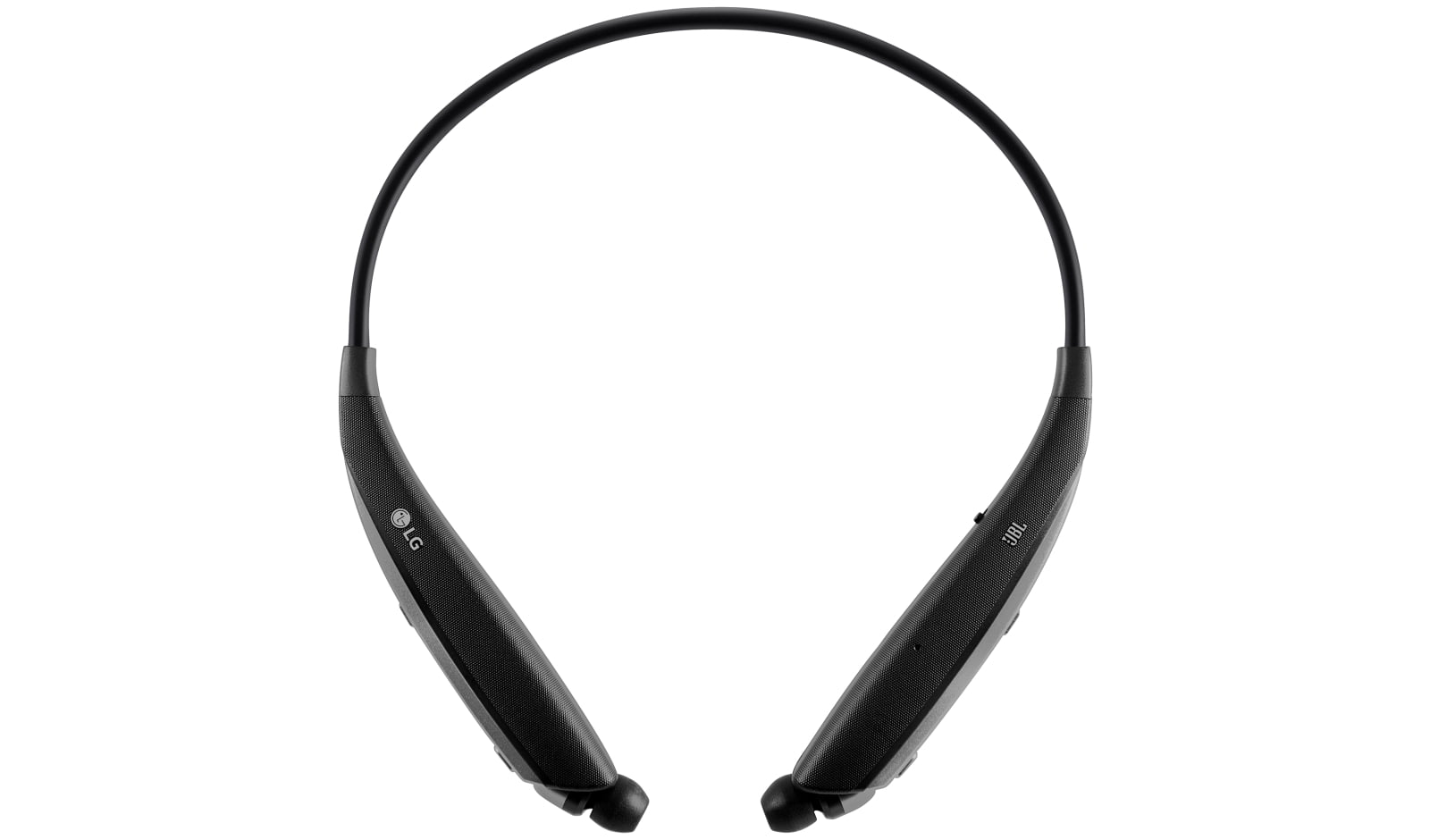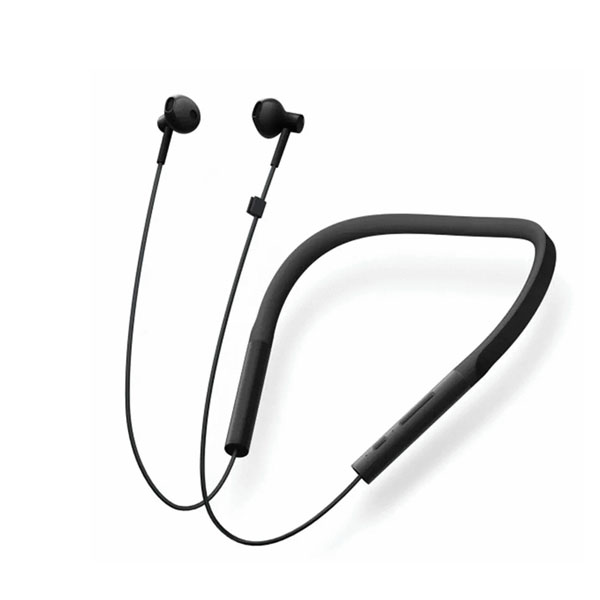


While their battery life is comparatively shorter than wireless headphones, the case for a pair of TWS acts as a battery bank that provides additional charges.įor example, the Master & Dynamic MW08 lasts about 12 hours on a single charge. They also come with a case, so you don’t need a headphone pouch or third-party cases to store your TWS. Since they’re wireless, you don’t have to worry about tangled cords. True wireless headphones often come with built-in buttons or touch sensors, allowing you to control playback or answer calls without taking out your phone.ĭue to their small size, it’s also easier to store a pair of TWS in your pocket or bag compared to over-ear headphones. Even if you’re actively into sports involving rigorous activities, there are also earbuds with ear hooks to ensure they don’t fall out of your ears. They come in pocket-size cases, meaning more space in your bag for other items.Īdditionally, some TWS also come with an IP rating for sweat and water resistance, so you can wear them even when you’re sweating or under a drizzle. If you’re always on the go, TWS are the perfect type of headphones for you.

Since they’re completely cord-free, you can move around without worrying about tangled cords or pulling on them too hard. Now that you’re clear on what true wireless headphones are, these are the top reasons you should consider getting them: Why You Should Buy True Wireless Headphones If you have any problem picturing the differences, here’s an example: the AirPods and AirPods Pro are true wireless headphones, and the Beats Flex are wireless headphones. Wireless headphones, on the other hand, have a wire connecting the two earbuds (usually via a neckband), but use Bluetooth to connect to the source device. True wireless headphones, as the name implies, have no wires or cables connecting the two earbuds. True Wireless vs Wireless Headphones: What’s the Difference? This is why true wireless headphones are called true wireless stereo (TWS). The dual connection allows the earbuds to work independently, like stereo speakers. This enables you to only use one earbud at a time, further extending its battery life. With this setup, each earbud can connect directly to your device. This configuration is known as dual-mode Bluetooth configuration. This means you can’t use the secondary earbud to connect directly with your phone without the primary one.īut most headphones today come with a setup of two primary earbuds. In this configuration, the primary earbud acts as a point of connection between the audio source and the secondary earbud. Some earbuds also have master-slave configurations. The first true wireless headphones, the Onkyo W800BT, were released in September 2015 in Japan.


 0 kommentar(er)
0 kommentar(er)
